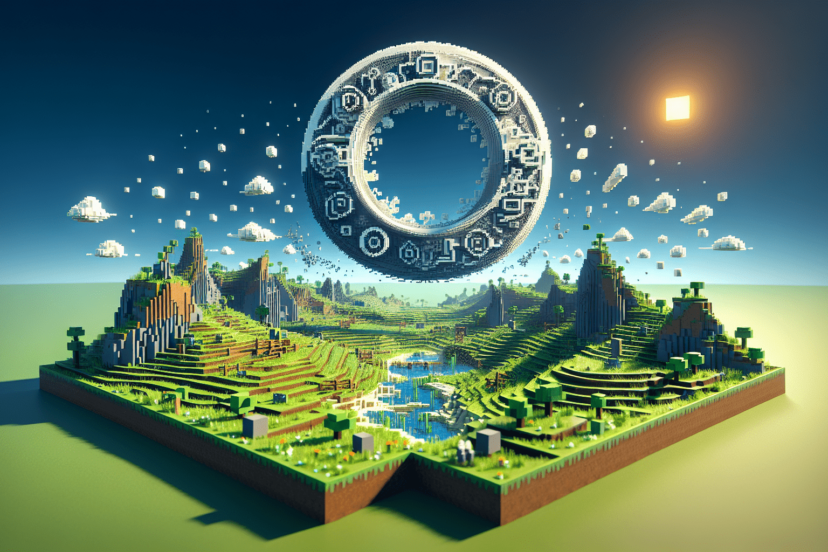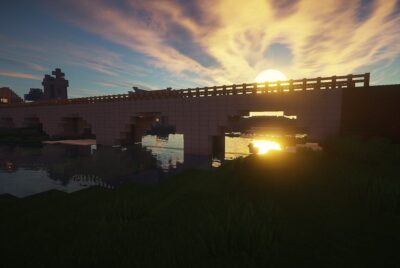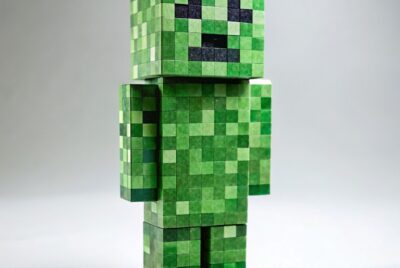Minecraft Circles
Have you ever found yourself asking, “Why can’t I make a perfect circle in Minecraft?” This is a common question many of us have pondered. While Minecraft’s blocky, pixelated universe seems confined to squares and rectangles, creating circles is not only possible but also a rewarding challenge for those of us who love to experiment with design and geometry.
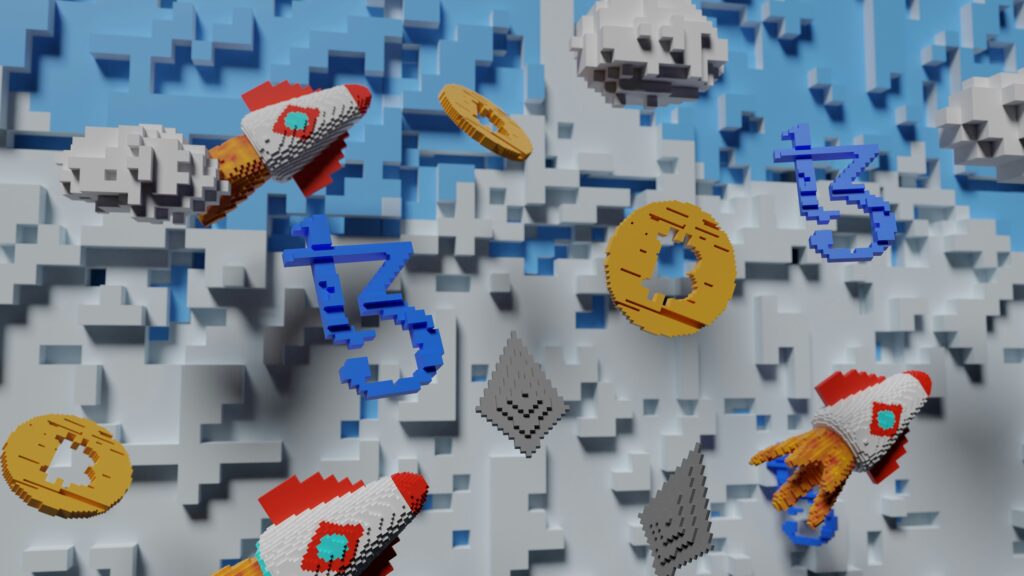
Understanding the Nature of Minecraft
Minecraft is a sandbox game that thrives on its grid-based design. Everything we build or interact with in Minecraft is made up of cubes, so creating objects that defy this inherent cubic structure can seem tricky.
The Grid System
To create anything, including circles, we need to understand how Minecraft’s grid system operates. Each block in Minecraft is uniform, with an equal height, width, and depth. Understanding this consistency is crucial for replicating shapes like circles that don’t naturally exist in a cube-dominated world.
Why Circles?
In Minecraft, circles can serve a variety of purposes, from decorative elements to functional constructs like circular towers or rounded arenas. They add a layer of complexity and beauty to our builds, making them stand out in a world dominated by right angles.
Creating Circles in Minecraft
Creating circles in Minecraft requires a shift in our thinking from conventional geometric principles to Minecraft’s unique block structure. Let’s break it down step-by-step.
Basic Principles of Minecraft Circles
At its core, a circle in Minecraft is an approximation—a series of short, straight lines that approximate the smooth curve of a real circle. The smaller the circle, the more it might resemble a polygon. However, as the radius increases, these approximations begin to look more circular.
Choosing the Radius
The first step in creating a circle is determining its radius. The radius will dictate the circle’s size and the number of blocks you will need.
Here’s a simple table to illustrate different radii and their approximate blocks:
| Radius | Approximate Blocks |
|---|---|
| 5 | 28 |
| 10 | 56 |
| 15 | 92 |
| 20 | 124 |
Building the Circle
Now, let’s move to the actual construction. Here is a step-by-step guide to building a circle with a 10-block radius.
Step-by-Step Process
- Center Point: Begin by placing a central block. This block is the midpoint of your circle.
- Plot Points: Using your chosen radius, plot out points in all four cardinal directions (North, South, East, West) from your center block.
- Build Quadrants: Construct the circle in four quadrants. Start by connecting the points in one quadrant and replicate the pattern in the remaining three.
- Curve Approximation: Use short, diagonal lines to connect your points, which will approximate a curve.
- Filling in: Complete the circle by filling in any gaps.
Optimizing Your Circle
While the above method works well for medium-sized circles, larger circles require a bit more precision. It can be helpful to use graph paper or a circle generator tool specifically designed for Minecraft.
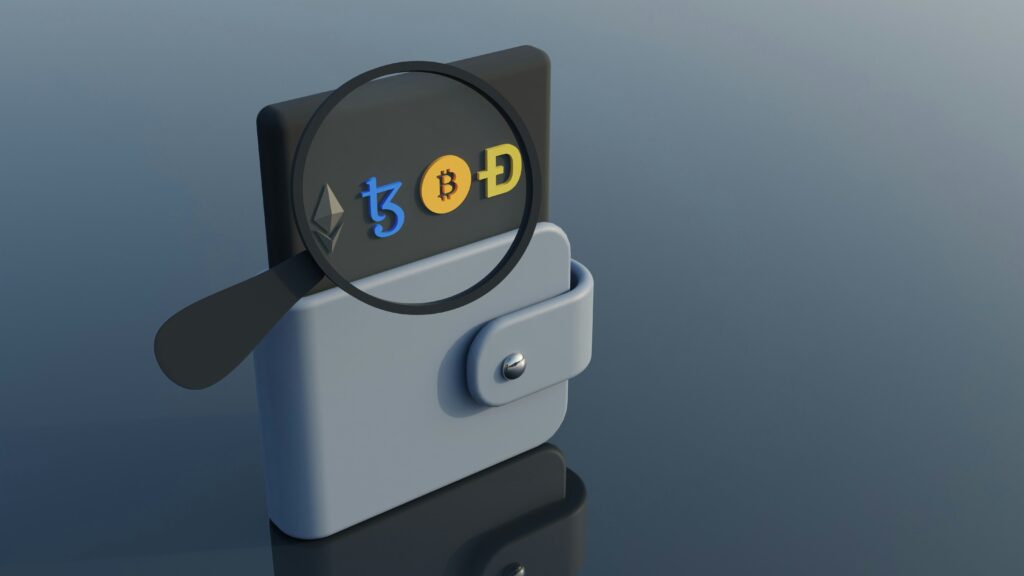
Advanced Circle Techniques
As you become more comfortable with creating basic circles, you might want to try some advanced techniques to make your builds even more impressive.
Ellipses and Ovals
A circle is not the only rounded shape you can create. Ellipses and ovals can add variety to your builds.
Creating an Ellipse
To create an ellipse, you’ll need two radii—one for the width and one for the height. The process is similar to creating a circle but requires more plotting and planning.
Here’s an example for an ellipse with a width radius of 7 and height radius of 10:
- Center Point: Place your center block.
- Plot Major Points: Plot points 7 blocks horizontally and 10 blocks vertically from the center.
- Connect: Use smaller blocks to approximate the curve between these points.
3D Circles or Spheres
Building in three dimensions adds a whole new level of complexity. Spheres can be used for domes, planets, or decorative floats.
Simplified Sphere Construction
- Start with a Circle: Begin by creating a 2D circle on the ground. This will act as the base of your sphere.
- Layer Up: Stack additional layers on top of the base circle, each layer progressively smaller in radius as it gets closer to the center (or vice versa if you’re building from top-down).
- Symmetry: Ensure that each layer maintains symmetry to keep the spherical shape.
Using Tools
Several online tools can help simplify sphere construction. These tools provide you a layer-by-layer blueprint, which can guide your building process.
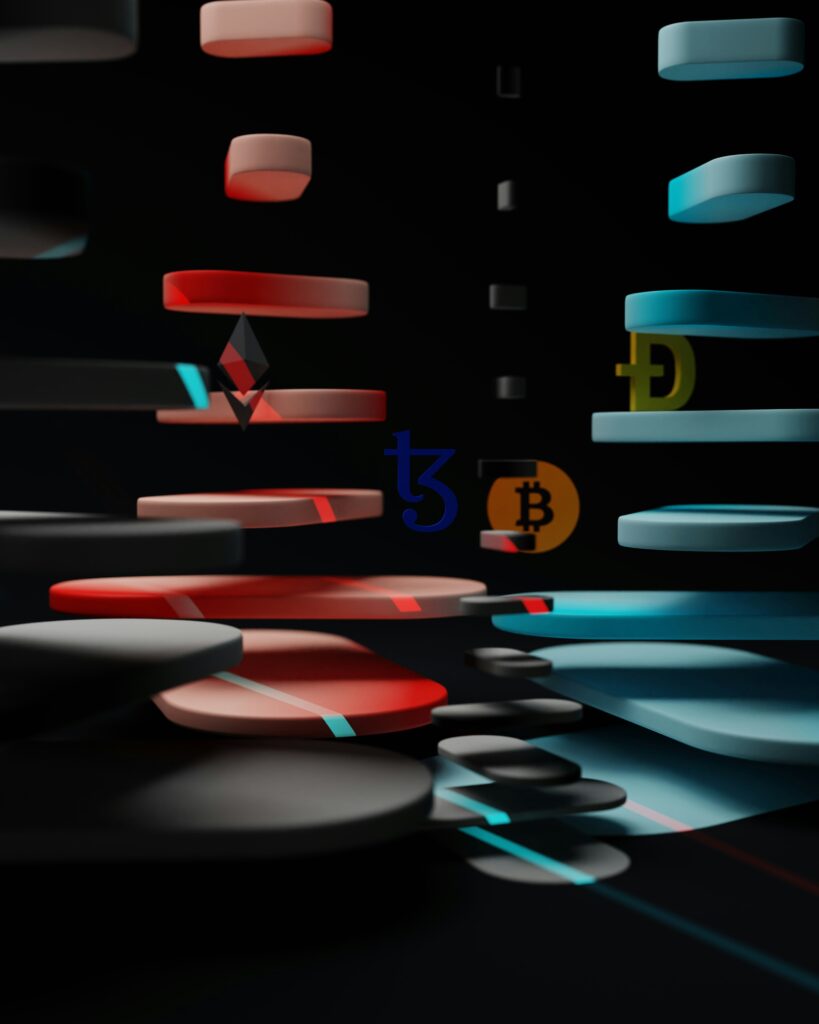
Practical Applications of Circles in Minecraft
Incorporating circles into our builds can significantly enhance the aesthetic and functional value of our projects. Let’s discuss some practical applications.
Decorative Elements
Circles can serve as ornamentation in larger builds, adding elegance and complexity.
Towers and Domes
Circular towers can make castles look more majestic, while domes can cap large structures in a visually pleasing way.
Flooring Patterns
Circular patterns on floors can break the monotony of square rooms, adding texture and interest.
Functional Structures
Circles can also be functional, not just decorative.
Arenas and Amphitheaters
Round structures are ideal for arenas or amphitheaters, where the symmetry provides an unobstructed view from any angle.
Circular Farms
Creating circular plots for farming can optimize space usage and aesthetic appeal.
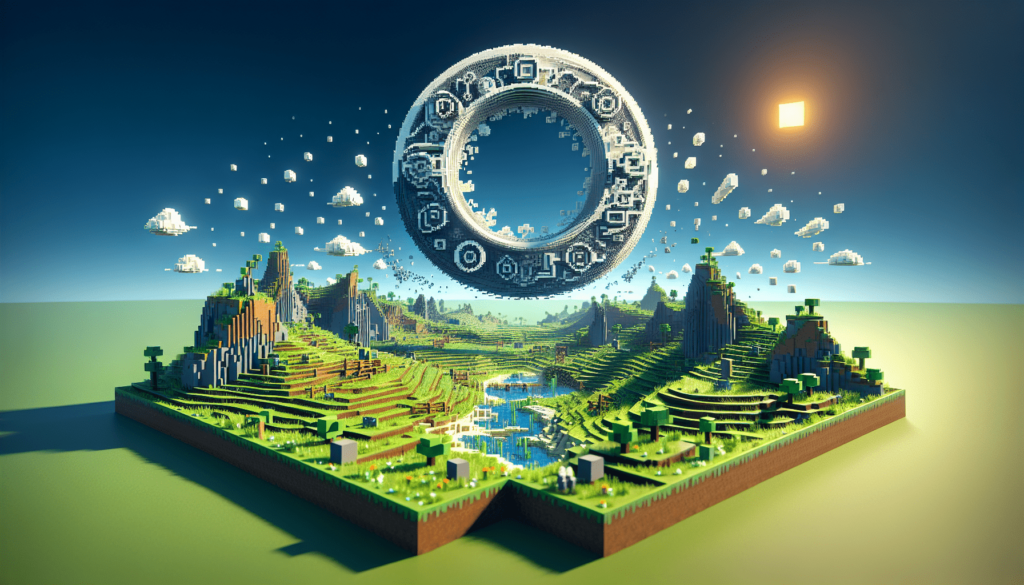
Troubleshooting Common Issues
Building circles isn’t always straightforward, and it’s common to run into a few issues. Let’s address some typical problems and their solutions.
Misalignment
Often, circles can become misaligned if we don’t keep track of the center point or measurement.
Fixing Misalignment
Rechecking your points and making sure they are equidistant from the center usually solves this problem. Using graph paper for planning can also help.
Inaccurate Curves
Sometimes, the curves may look awkward and less smooth, especially in smaller circles.
Smoothing the Curves
Revisiting and refining the placement of blocks can smooth out the curves. Larger radii also naturally produce smoother circles.
Uneven Layers in Spheres
Creating symmetrical layers when building spheres can be challenging.
Ensuring Consistency
Using online sphere building tools can help maintain symmetry. Regularly stepping back to view your construction from different angles can also ensure you’re on the right track.
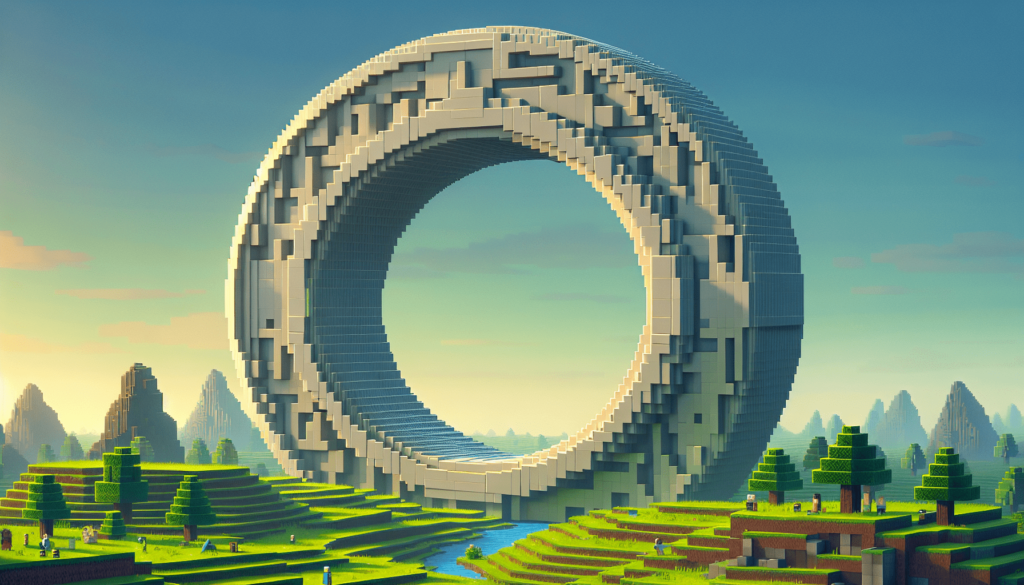
Conclusion
Building circles in Minecraft pushes us to think creatively and adapt to the game’s unique constraints. Understanding the grid system, plotting points carefully, and being patient with our builds can help us achieve circular shapes that elevate our Minecraft creations. Whether we’re adding decorative elements, constructing functional structures, or tackling advanced techniques like ellipses and spheres, the possibilities are as limitless as our imagination. Let’s keep building and, more importantly, enjoy the journey of bringing our blocky dreams to life!

